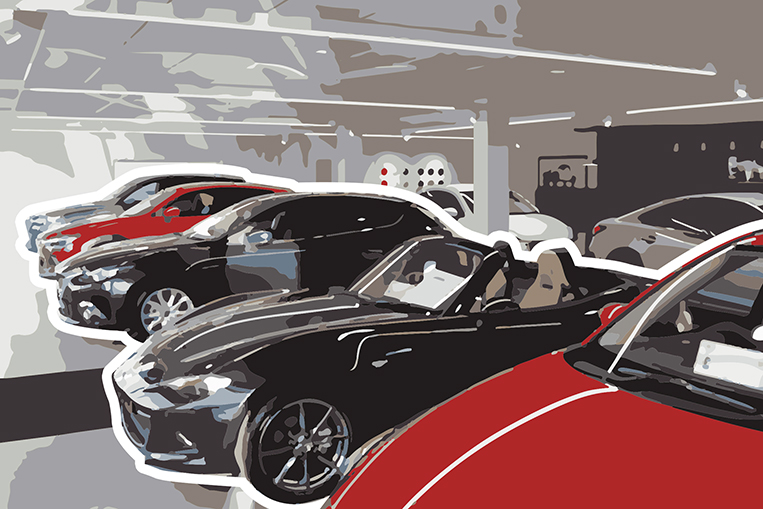
The sharing economy is upon us. I think this will upend how automobile product planners go about their job.
Product planners have their work cut out for them. They start to consider their next big hit five to seven years before it actually rolls off the production lines—sometimes longer. The fundamental question that they ask is: Who is the customer? Obviously, demographics come into play. Then there’s the matter of how these drivers actually use their cars—distance, driving habits, load, road and traffic conditions. Plus, we look at their lifestyle: generations X, Y and Z, outdoorsy, affluent, digital-savvy. You can imagine how many paths the mapping of these factors can lead to. Not to mention the dynamic element of it all, projecting these factors out eight to 10 years down the road. Then you overlay external factors such as government policies, social changes and economic developments. It’s not easy, believe me.
But, finally, the planners sift through all of the data—which becomes even more complex these days with the advent of big data—and identify who the target customer is, what the size of the market is, and what the most appropriate price point is. The final step is to get up from their desks, stuff their files onto their laptops and other mobile devices, and head out to key markets to do good old-fashioned market observation and real-world contact with potential buyers. They need to confirm all their assumptions, hypotheses and suppositions before they even start to sit down with the design and engineering teams.
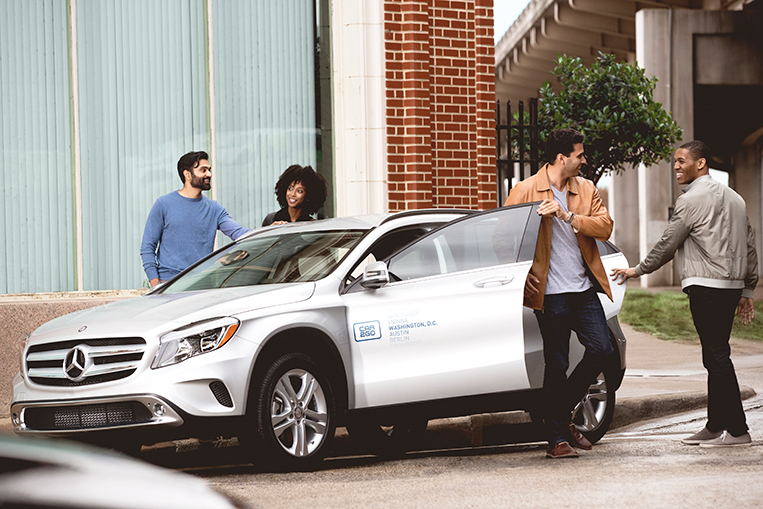
That’s the long and short of how your top-selling favorite Ford Everest, Honda City, Hyundai Accent, Mitsubishi Montero Sport or Toyota Vios were born. Or so my own experience tells me. I expect, though, that car-sharing potentially adds another layer of complexity to the entire process. The answer to the prime question of “who is the customer” becomes more elusive—indeed, much more.
Consider this. The number of (organized) car-sharing users in the world has grown from only 350,000 members in 2006 to 4.9 million in 2014. The market research firm Frost & Sullivan estimates it at six million in 2017, and expects it to rise almost threefold to 18 million by 2025. As of July 2017, Germany’s Car2Go was the largest car-sharing company in the world with 2.5 million registered members and a fleet of 14,000 vehicles in 26 locations. That translates to an average of 179 members per vehicle. The United States’ Zipcar has 767,000 members and 11,000 vehicles, or 70 members per vehicle. Those numbers blow the mind.

When you have that many users per car, how do you answer the question of who the customer is? Whom do you design or build the car for? The easy answer is whoever buys or pays for the car. The next question, though, is: Who is the main user? It is said that private cars are idle for 90% of the time. We can assume, then, that the “owner” of the car only uses it 10% of the time. So, if he registers his vehicle in the car-sharing pool, it will be used 90% of the time by 69 to 178 other people. And these could be an entirely diverse group of drivers, with different appetites for drivability, power, luxury, convenience, comfort and design. Not to mention differences in destinations, lifestyles and driving habits. Where does the product planner begin?
Does the planner build the car based on the lowest or the highest common denominator? What kind of power should be placed under the hood? What suite of amenities should be installed? How sharp should the handling be? Or does it all really matter? After all, the “sharers” have opted to de-prioritize preference in favor of convenience and economy. It’s more about “getting there” and less about “getting there in style.” It’s more about the destination than the journey. Or is it?
Car-sharing potentially adds another layer of complexity to the entire process of product-planning
In my mind, the last thing that a product planner will want to do is to commodify the product. The car is not just a means of transport. It is a mobility solution that enables people to enjoy life, to conquer barriers to a full life, to do new things and, of course, to go places. Cars should be able to move people and move lives. This must be at the heart of every product planner.
When someone takes delivery of his automobile, he is receiving not just a car—he is taking delivery of “life’s possibilities.”
And so product planners have to struggle through big data and small. They need to figure out how to build ever-better cars that drivers—and passengers—will enjoy each and every time they get into the car. Someday, that car-sharing driver may opt out of the grid and decide to buy his own car. Someday, he might decide to get a car that he wants to put on the grid, too. If the product planner doesn’t do his job right, his car won’t even get on the short list—much less become the one that gets driven home.

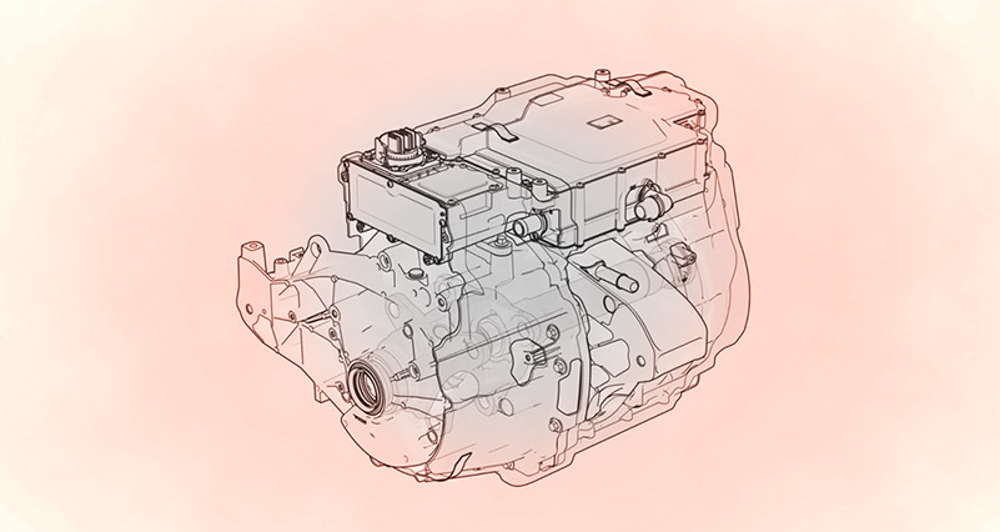
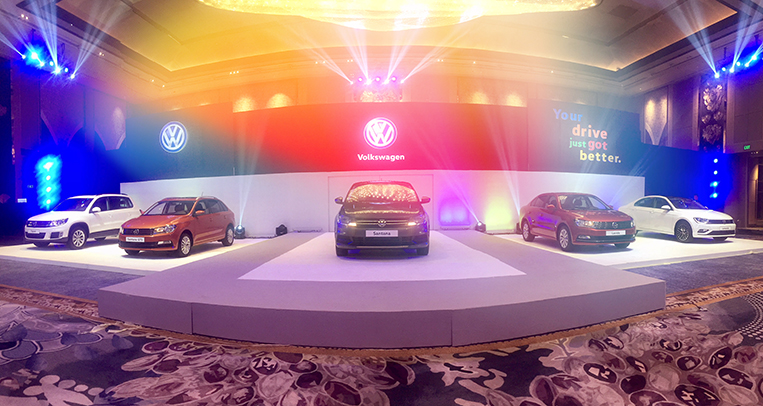

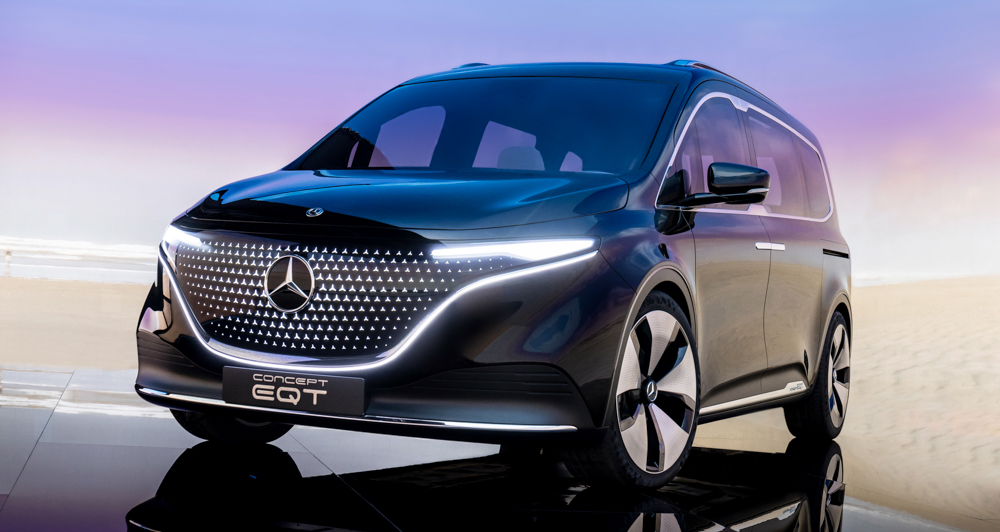
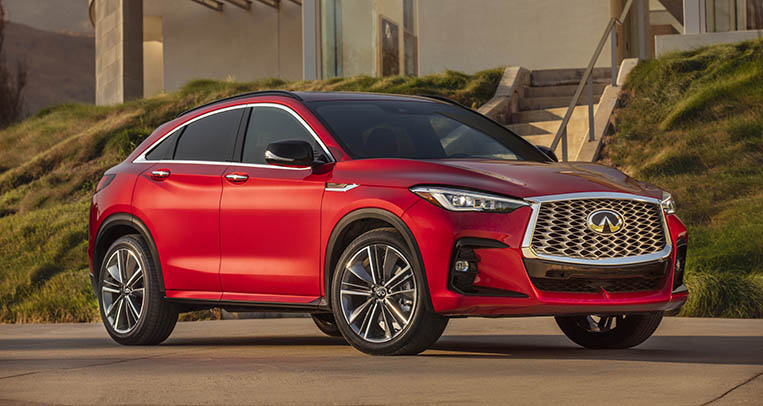





Comments